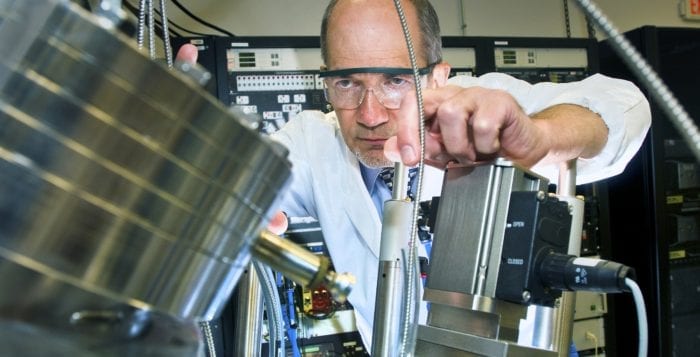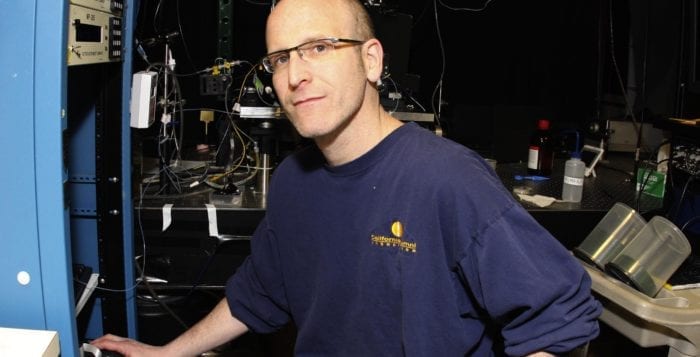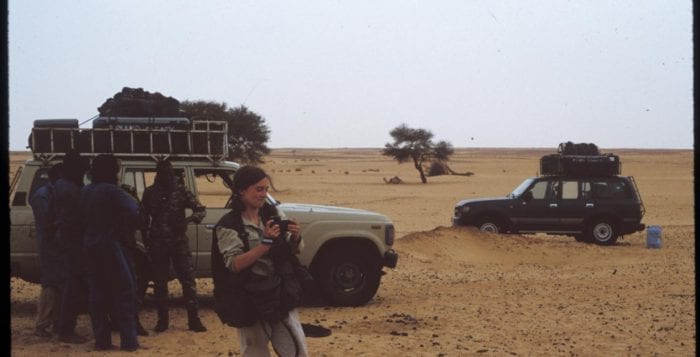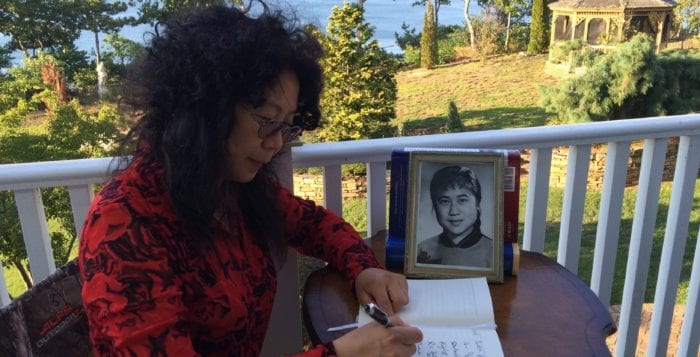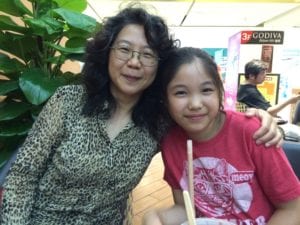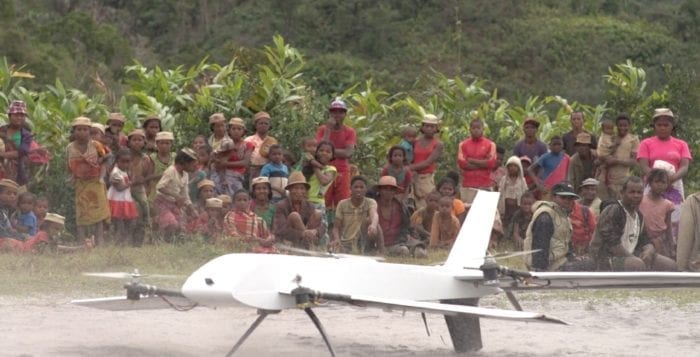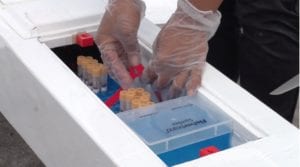By Daniel Dunaief
How long and how much work does it take to defy conventional wisdom? Often, the prevailing belief about anything has backers who support the idea and aren’t eager to change or replace what they know with something new.
Recognizing this, Ivan Bozovic, the Oxide Molecular Beam Epitaxy (MBE) group leader at Brookhaven National Laboratory, checked and rechecked his work, spending close to a decade for parts of it, repeating his steps and checking the accuracy of his data points to make sure his case, which flew in the face of what so many others believed, was airtight.
Engineers, researchers and corporations have known about so-called high-temperature superconductivity for over a century. Using objects called cuprates, which are oxides of copper, researchers have created substances that can conduct electricity with close to no resistance at temperatures that are well above the requirements for most superconductivity.
While the name high-temperature superconductivity might suggest materials that allow the passage of energy through them in a sauna, the reality is far from it, with the temperatures coming in closer to negative 163 degrees Fahrenheit. While cold by everyday standards, that is still well above the record critical temperature before cuprates, which stood at – 418 degrees F.
Up until Bozovic’s study, which was recently published in Nature, scientists believed superconductivity in these cuprates occurred because of the strength of electron pairing. Carefully and in great detail, Bozovic demonstrated that the key factor in leading to this important property was the density of electron pairs, which are negatively charged particles.
Other scientists suggested Bozovic’s study was an important result that flew against the prevailing explanation for a phenomenon that holds promise for basic science and, perhaps one day, for the transmission of energy in the future.
Bozovic’s study “shows that [the] standard picture fails quite astonishingly in copper oxides that show high temperature superconductivity,” Davor Pavuna, a professor at the Swiss Federal Institute of Technology at Lausanne, explained in an email. “We are only begining to grasp how dramatic” this latest discovery is.
Pavuna described how he was recently at an event in Corsica, France and that his colleagues believed “this is a clear signal that we will have to develop much more advanced theoretical framework for cooperative phenomena, like superconductivity.”
Bozovic’s work and his latest result “show that our physics understanding and models require some new physics framework,” Pavuna said.
Bozovic and his colleagues studied over 2,150 samples. He explained that cuprates are complex for standards of condensed matter physics because some of them have 20 to 50 atoms in unit cells. That means that when engineers synthesize them, cuprates can have a mixture of unwanted secondary phases that could “spoil the experiment.”

The number of samples necessary to demonstrate this property is a matter of personal standards, Bozovic suggested. He made sure he kept “checking and double checking and triple checking to be sure that what we had closed all the loopholes,” Bozovic said. He wanted “no possibility of an alternative explanation.”
The way Bozovic and his colleagues approached the problem was to start with a cuprate composition. They then replaced one atom at a time by another, which provided a series of samples that were almost identical, but slightly different in chemical composition. He was able to show how the critical temperature changes with electron density in small increments.
“What’s really impressive here is [Bozovic’s] ability to use a molecular beam epitaxy system — that he designed — to place single atomic layers on to a substrate, layer by layer,” James Misewich, the associate lab director for Energy & Photon Sciences at BNL explained in an email.
Bozovic’s work is “an exciting finding that could have wide-ranging impacts on how we identify, design, and build new superconducting materials,” continued Misewich.
As with other science, Bozovic said the answer to one question leads to a series of follow up questions, which include why do small pairs of electrons form in cuprates and not in anything else.
A resident of Mount Sinai, Bozovic lives with his wife Natasha, who is a mathematician. The couple has two daughters, Dolores, a professor of Physics and Astronomy at UCLA and Marijeta, an assistant professor of Slavic Languages and Literatures at Yale, where Bozovic is an adjunct professor of Applied Physics.
Born and raised in the former Yugoslavia, Bozovic is the son of two medical doctors. His father, Bosislav Bozovic, was twice nominated for the Nobel Prize for his work on the relation between cancer and the immune system. He was also a major general in the medical corp and the head of the Medical Division of the National Academy of Sciences.
His mother, Sasha Bozovic, wrote a best-selling memoir, devoted to a daughter she lost in World War II. His mother was also a colonel in the medical corps who worked in the army until she retired as the highest ranking woman in the army. “I had some big shoes to fill,” Bozovic acknowledges.
As a teenager, Bozovic played the lead guitar in a rock band. Nowadays, he strums nursery rhymes for his granddaughter Vivien using FaceTime.
A scientist who suggests a sense of humor is extremely important, especially in a field that can include disappointments and setbacks, Bozovic jokes that he speaks “zero” languages, a conclusion he reached after listening to an online description he gave of his recent work. In reality, he can read about four languages, although he has studied more.
As for his work, Bozovic is looking forward to discussing his recent results with theorists like Gabriel Kotliar, a Rutgers Professor of Physics and Astronomy who has a part time position at BNL. Kotliar is leading a new materials theory center at BNL.
“I hope that we’ve given them new pointers about where to look and what to calculate,” Bozovic said. “I’m pretty optimistic that there will be feedback from them.”

